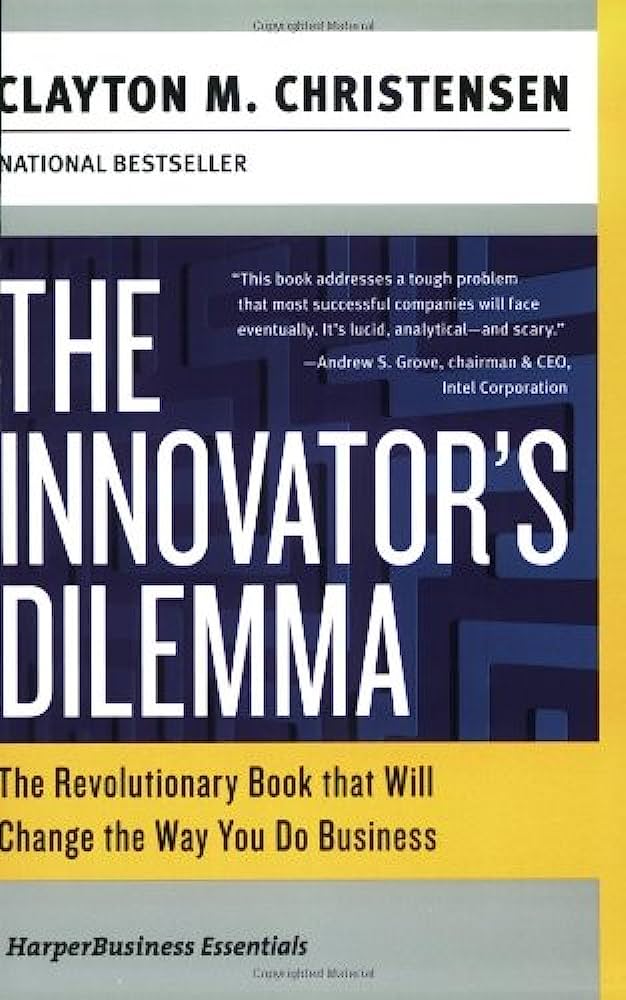What Got You Here Won’t Get You There: How Successful People Become Even More Successful
RATING


In the book What Got You Here Won’t Get You There, author Marshal Goldsmith explores the traits and characteristics of what helps already successful people, jump to the next rung of success. Goldsmith provides insights, anecdotes and resources to help the reader critically assess and improve themselves. Marshal Goldsmith is an experienced and incredibly respected business educator and coach. He has been recognized by the WSJ, Forbes, The Times, Inc and so on as their one of the top business thinkers in the world. He was also awarded the most influential leadership thinker twice by the biannual Thinkers 50.
What Got You Here Won’t Get You There offers insights into the need for managers to be self-conscious and self-correcting while interacting with people and to keep hubris in check. Somewhat similar to The Leadership Pipeline, this book contains a deep analysis of interpersonal habits of successful employees, and then dissects these habits exploring the fact that many of these are in fact determinantal habits and qualities in upper management. The books core is in fact fed off of Goldsmiths summary of the 20 worst interpersonal habits of these successful employees, which are highlighted by: feeling the need to win too much, not listening, and failing to give proper recognition, among many more. After helping identify the worst one or two bad habits the book goes on to help you use the following process to improve your effectiveness. Apologize, advertise your plan to change, listen, give thanks, and follow up monthly for 12-18 months. Finally emphasizing the need to practice feedforward rather than feedback, which means asking for ideas for future improvement rather than asking for people to assess your past performance. The basics of the book are simple at their core, you need to develop skills for working with people rather then against them to become a successful manager and leader.
This book offers very tangible and accessible advice for those who are looking to assess their own negative qualities and consider themselves “successful”. The importance of behavior rather than technical skill that separates the great from everyone else is the basic focus of this book. This book offers several direct behavioral changes which you can make to become a better leader, which in its own right is a breath of fresh air in such a saturated topic of books that claim to help make you a better leader but offer no tangible advice.
While the book is well written and takes a unique perspective, it is almost entirely based on common sense. With this in mind it is difficult to justify reading this book in its entirety as once you have understood the fundamentals, the bulk of this book is just personal anecdotes from Goldsmith while he worked with high level clients. They are interesting but not that valuable once you’ve grasped the basic concepts.
America’s most sought-after executive coach shows how to climb the last few rungs of the ladder.
The corporate world is filled with executives, men and women who have worked hard for years to reach the upper levels of management. They’re intelligent, skilled, and even charismatic. But only a handful of them will ever reach the pinnacle — and as executive coach Marshall Goldsmith shows in this book, subtle nuances make all the difference. These are small “transactional flaws” performed by one person against another (as simple as not saying thank you enough), which lead to negative perceptions that can hold any executive back. Using Goldsmith’s straightforward, jargon-free advice, it’s amazingly easy behavior to change.
Executives who hire Goldsmith for one-on-one coaching pay $250,000 for the privilege. With this book, his help is available for 1/10,000th of the price.
For aspiring or emerging leaders this is an incredibly valuable book to add to your repertoire. The importance of self-reflection and character development over the course of your career cannot be understated.
See content on this topic

Sales training for front line along with basic development and coaching principles for line management.
Understanding how leaders must evolve with relation to the evolution of business models, new management models, and the significant changes to the workforce with Digital Natives now making up more than 50% of the workforce globally.
Understand the theory and mechanics of developing and managing a customer-centric and experience-driven corporate culture that is consistent and stable and includes elements of Employee Experience (EX) and Employee Relationship Management (ERM).
Understanding the evolution of leadership styles, management models, organizational structures, performance measurement and guiding change in the evolution of business models from product-centric to customer-centric and even relationship-centric.
Understand how to manage both internal and external digital transformation while considering the landscape for digital business models and the effect on traditional business models. Understanding organizational readiness for transformation and the role of corporate culture in managing transformations.
The changes in consumer behavior, employee behavior, and the evolution of business models in the digital age cause significant difficulties and imperatives for leaders who must develop new skills and evolve their leadership styles to be effective in this fast changing, challenging, and competitive environment.
Understanding how leaders must evolve with relation to the evolution of business models, new management models, and the significant changes to the workforce with Digital Natives now making up more than 50% of the workforce globally.
Understand how to manage both internal and external digital transformation while considering the landscape for digital business models and the effect on traditional business models. Understanding organizational readiness for transformation and the role of corporate culture in managing transformations.
The changes in consumer behavior, employee behavior, and the evolution of business models in the digital age cause significant difficulties and imperatives for leaders who must develop new skills and evolve their leadership styles to be effective in this fast changing, challenging, and competitive environment.
Understanding how to design & manage change/transformation programs in organizations of different sizes. This course will help any size team or organization to better deal with change & transformation on any scale.




 Copy Link
Copy Link
 E-mail
E-mail
 LinkedIn
LinkedIn
 Facebook
Facebook
 Telegram
Telegram
 WhatsApp
WhatsApp

















 Go Back
Go Back
Leave a Reply
You must be logged in to post a comment.